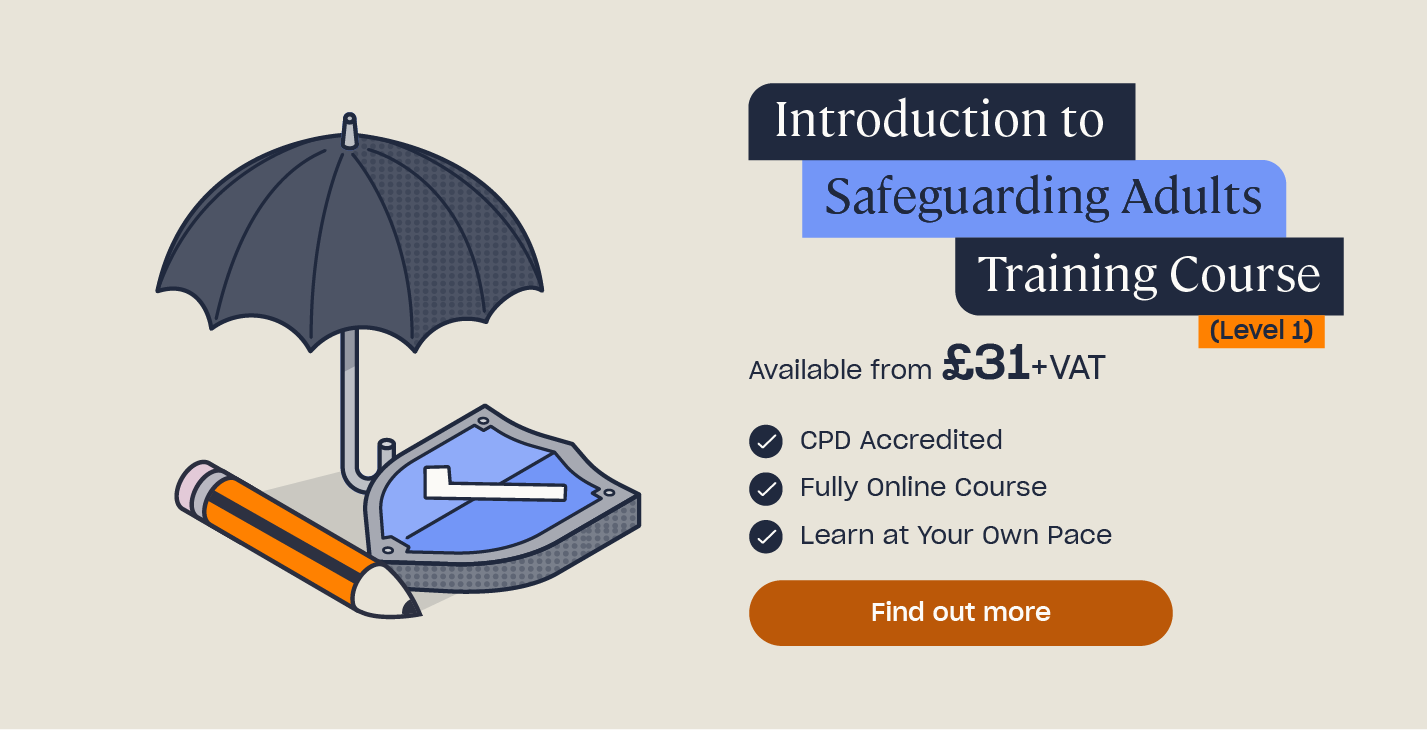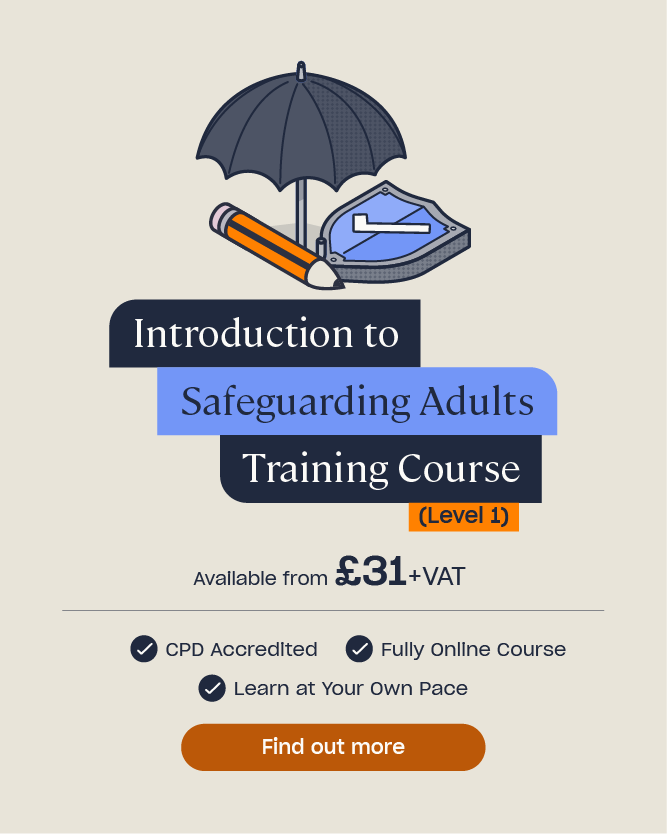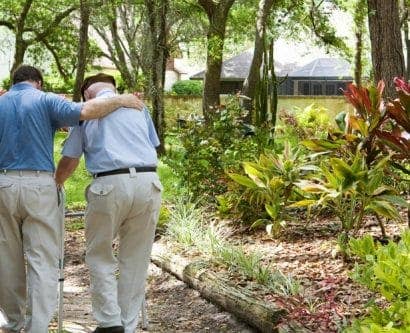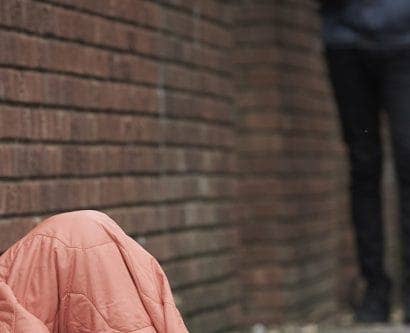Safeguarding Adults at Risk: What is it and Who is it For?
Everybody deserves to live a life that’s happy and free from harm, regardless of disability, age or ethnicity. Whilst many people can achieve this independently, others may need additional help. Safeguarding adults with care and support needs aims to protect these adults from harm and refers to the actions you take to achieve it.
It’s important that anybody who works alongside adults at risk understands their safeguarding responsibilities and how to provide appropriate care and protection. Everybody has a responsibility to safeguard adults and support them in maintaining a good quality of life.
Who is an Adult at Risk?
An adult at risk of harm or abuse is any person above the age of 18 who may struggle to take care of or protect themselves from harm and exploitation. Adults who may be considered at risk include:
- Those who lack the mental capacity to make decisions about their life.
- Those who have suffered a stroke or have dementia.
- Elderly adults.
- Those who have a disability that prevents them from taking care of themselves.
Certain adults may also face greater risk if they are isolated, have mental health issues, are misusing drugs and/or alcohol, or have low self-esteem.
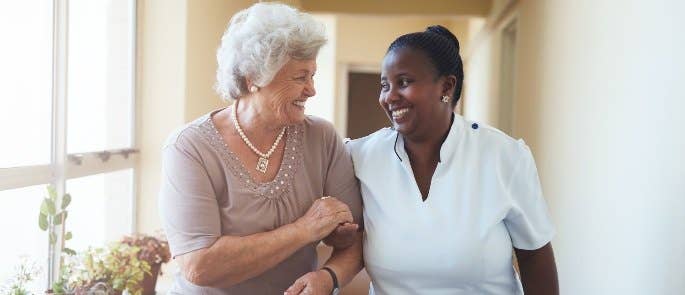
Adults at Risk or Vulnerable Adults?
You may be familiar with the term ‘vulnerable adult’ as it has been used for many years in safeguarding vulnerable adults training, policies and procedures. It has since been replaced with the new definition found in the Care Act 2014.
Those who were previously referred to as ‘vulnerable adults’ in safeguarding terms are now referred to as:
- Adults at risk of harm.
- Adults at risk.
- Adults with care and support needs.
- Adults in need.
Referring to groups of people as ‘vulnerable’ can be seen as disempowering, with the Care Act Statutory Guidance explaining that abuse is linked to circumstances, rather than characteristics.
It is important to note that the term ‘vulnerable adult’ has been around for many years, and with safeguarding being such a vast topic, there is a large amount of literature and training available on the subject. This means you will still come across the term being used in many places, including in the NHS and on government websites. It will take time for this new language to be adopted universally.
Who is Responsible for Safeguarding Adults?
If you work with adults at risk, then you have a duty of care to protect them from harm and exploitation. This means that you should treat them with dignity and respect and act on any concerns you have.
Your care should be guided and underpinned by six key principles, as defined by the Care Act 2014:
- Empowerment
- Prevention
- Proportionality
- Protection
- Partnership
- Accountability
For each of the principles in detail and advice on how you can implement them, take a look at our guide to The 6 Principles of the Care Act 2014.
Need a Training Course?
Our range of Health and Social Care Training courses are designed to help those who work in health & social care, giving you the tools to understand your responsibilities and how to provide high quality, person-centred care. Courses include Care Certificate and Introduction to Safeguarding Adults. All our training is CPD accredited and fully online, meaning you can study anywhere, anytime and download your certificate in a matter of hours.
Examples of Safeguarding Adults
Recognising Types of Abuse
To help you fulfil these principles, you should understand the different types of abuse and know how to recognise their occurrence. The most common types of abuse are:
- Physical abuse – any deliberate or accidental acts that cause physical harm to the body, such as kicking, punching, and misuse of medication.
- Psychological abuse – any acts that cause emotional harm or distress to the adult, for example name calling, blaming, and controlling.
- Sexual abuse – when an adult is involved in a sexual act that they haven’t consented to or have been pressured into consenting to. For example, rape or being forced to watch pornography.
- Neglect and acts of omission – when a care provider fails to provide something to an adult and they experience harm or distress because of it. For example, ignoring medical needs and withholding necessities like food and drink.
- Financial abuse – where an abuser takes advantage of an adult’s financial situation. For example, borrowing money and never repaying it or pressuring someone into changing their will.
- Discriminatory abuse – harassment or mistreatment based on a person’s race, gender, disability, age, religion, culture, or sexual orientation. For example, being subject to discriminatory jokes.
- Institutional abuse – when the delivery of care benefits the organisation and its staff rather than the adult, such as no choice over meal times or bedtime.

Reporting and Whistleblowing
If you suspect any of the above types of abuse, then it’s in your duty of care to report it. Speak to the designated person in your organisation who handles safeguarding queries. You should do this even if your concerns haven’t been proved; raising a concern could potentially save someone’s life.
If you don’t feel comfortable speaking to someone in your organisation, then you should speak to someone externally. Whistleblowing is where you raise and share your concerns about wrongdoing in an organisation to an external party. Read your company handbook for more information on the whistleblowing procedure and who to contact.
Do I Need Safeguarding Training to Work with Adults at Risk?
It’s recommended that anybody who works with adults with care and support needs receives training to help them understand their responsibilities. This applies whether you’re a volunteer or in paid work. The level of training required depends on your position, so make sure you know which one you need. For more information on the level of training appropriate for your role, take a look at our guide to Safeguarding Training Bands.
You should also be aware of certain pieces of legislation that apply when working with adults in need. For example, the Safeguarding Vulnerable Groups Act 2006 and the Mental Capacity Act 2005. Understanding these Acts will help you to deliver the best level of care and comply with the law. Safeguarding training will provide you with an overview of these pieces of legislation and explain your safeguarding duties.
Everyone who works with adults at risk must understand their safeguarding responsibilities as part of their duty of care. Knowing what safeguarding is, including the six key principles and how it applies to your role will enable you to provide high-quality care. It is also important to know how to recognise types of abuse, as well as reporting and whistleblowing will keep adults with care and support needs safe and free from abuse, harm or neglect.
Further Resources:
- Introduction to Safeguarding Adults Training
- Do I Need a DBS Check for Work?
- Recovering from Caregiver Stress and Burnout
- What is Professional Curiosity in Safeguarding?
- How Can We Work Together to Safeguard Adults?
- Safeguarding Adults Quiz


